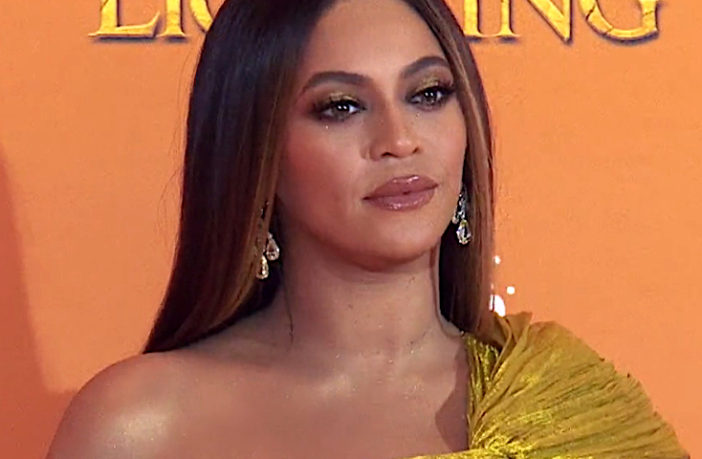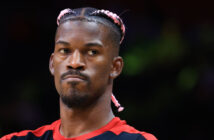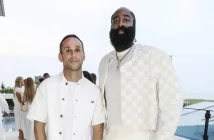An intriguing debate over specialized journalism in an ever-evolving media landscape over Gannett’s decision to seek reporters to cover music superstars Beyoncé and Taylor Swift has ignited.
**FILE** Taylor Swift (Cosmopolitan UK via Wikimedia Commons)
America’s largest newspaper chain has placed a help wanted advertisement for two distinctive job listings on its platform: a Taylor Swift reporter and a Beyoncé Knowles-Carter reporter. These “appointed specialists” will be integrated into USA Today and The Tennessean teams, Gannett’s Nashville-based publications, signaling an ambitious endeavor to bolster their coverage of iconic figures in popular culture.
According to Michael Anastasi, editor of the Tennessean and Gannett’s vice president for local news, the chain actively seeks “modern storytellers,” or individuals skilled in print, audio, and visual journalism. In a job description posted by the company, the Taylor Swift reporter will dissect the pop sensation’s enduring influence, scrutinize her fanbase’s cultural significance, and evaluate her far-reaching impact on music and business. Similarly, the Beyoncé Knowles-Carter reporter will encapsulate the multifaceted effects of the global superstar on society and the industries she profoundly influences.
The immense popularity of both artists is underscored by a recent survey by QuestionPro which estimated that this year’s Swift concerts could result in about $4.6 billion in economy activity in North America alone. The same survey noted that Beyoncé’s shows should spur roughly $4.5 billion in spending, or roughly the same level as generated by the 2008 Beijing Olympics.
Though Anastasi underscored the proficiency of the Tennessean’s existing music team, critics have voiced reservations about recent layoffs at Gannett, culminating in a 47% workforce reduction over the past three years. The NewsGuild’s data indicates that the decline in staff numbers has been even more precipitous at certain newspapers, plummeting by up to 90%. Rick Edmonds, a distinguished expert at the Poynter Institute, raised poignant questions about these new positions, especially amidst the backdrop of cutbacks in substantive news and local reporting.
Anastasi staunchly defended the decision, asserting, “We’re not hiring a Taylor Swift reporter at the expense of other reporters.” Nevertheless, some argue that the listings might inadvertently blur the lines between fan engagement and professional journalism. Jeremy Gordon, a music writer, expressed reservations to the Associated Press about the term “full-time stan” being incorporated into an actual journalism role, highlighting the potential pitfalls of such an approach.
While specialization within journalism is not uncommon, particularly in politics, where reporters may exclusively cover specific figures, entertainment journalists typically cover a wide range of talent.
Suzy Exposito, a reporter at the Los Angeles Times, reflected on her experience as an “unofficial” beat reporter for Bad Bunny, acknowledging the challenges posed by prolific artists in the ever-evolving music industry.
“His near-weekly output became really overwhelming, and it took away focus from a lot of other artists who were also making compelling work,” Exposito told the AP. “He’s so prolific that I think I literally ran out of new words to describe him at some point. He could use his own reporter, too.”
Eric Grode of Syracuse University noted that artists like Taylor Swift and Beyoncé are generating news beyond their music, making their activities newsworthy in their own right.
“It is a bit odd, but Taylor Swift Inc., I guess you would call it, is a big economic driver right now,” Grode told the AP. “Taylor Swift is doing a lot of newsworthy things beyond just selling concert tickets.”



